If you’re passionate about reducing your environmental footprint and living a more sustainable life, then embracing a zero-waste lifestyle is a fantastic goal. The idea behind zero waste is to minimize the amount of trash you send to the landfill by rethinking how you consume, reuse, and recycle. While going completely zero waste might seem daunting, there are plenty of small, manageable steps you can take to get started. In this post, I’m sharing 10 steps to help you start living a zero-waste lifestyle.
1. Start with a Waste Audit
The first step to reducing waste is understanding where it comes from. A waste audit is a simple way to take stock of the trash you produce and identify areas where you can make changes.
How to Conduct a Waste Audit:
Collect Your Trash: For one week, collect all your trash and recycling in separate bins.
Sort and Analyze: At the end of the week, sort through your trash and recycling. Take note of what you’re throwing away most often—whether it’s food packaging, single-use plastics, or paper.
Identify Opportunities: Look for patterns and identify areas where you can reduce waste. For example, if you’re throwing away a lot of plastic packaging, consider switching to reusable containers.
2. Zero-Waste: Ditch Single-Use Plastics
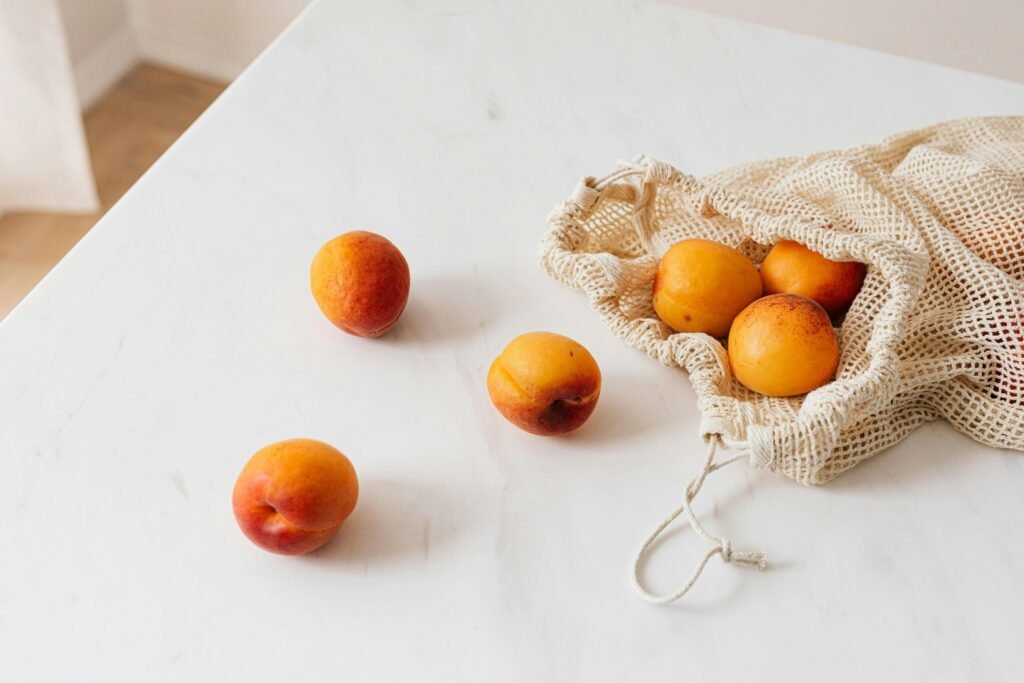
One of the most impactful ways to reduce waste is to eliminate single-use plastics from your life. These are items like plastic bags, straws, and disposable utensils that are used once and then thrown away.
Simple Swaps:
Reusable Shopping Bags: Always carry a reusable shopping bag with you. Keep one in your car, purse, or backpack so you’re never caught without one.
Stainless Steel Straws: Invest in a set of stainless steel straws that you can carry with you and use instead of plastic straws.
Reusable Utensils: Keep a set of reusable utensils in your bag or car so you can avoid using disposable ones when eating out.
3. Zero-Waste: Embrace Reusable Containers
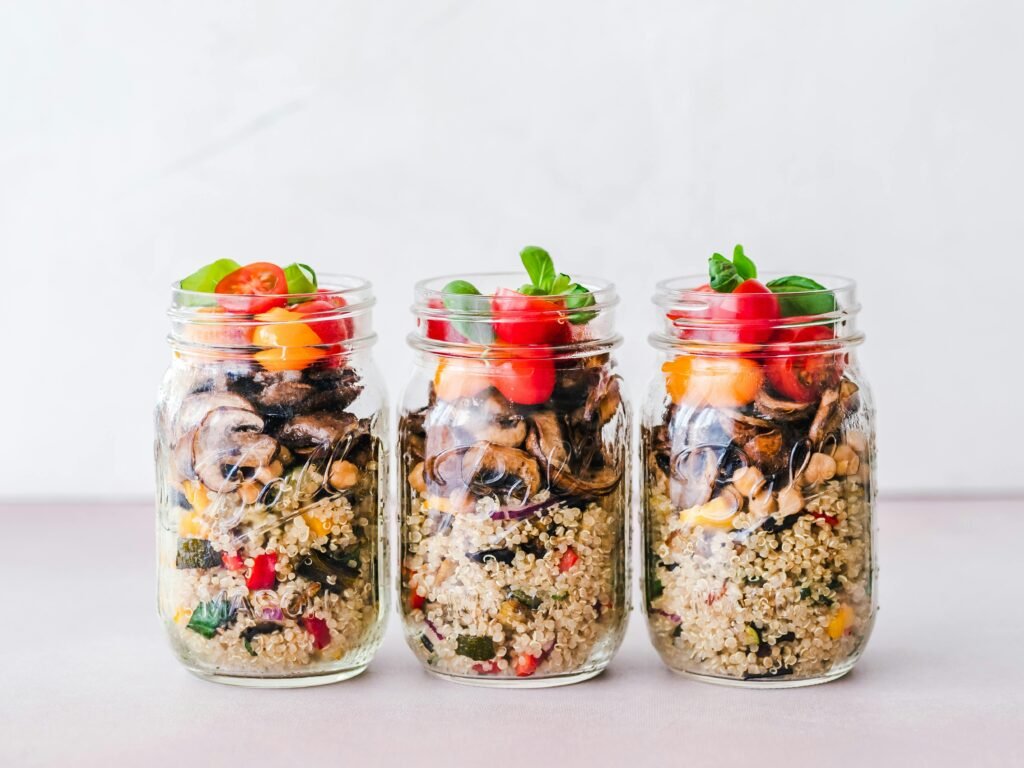
Single-use packaging is a major contributor to waste, but you can reduce it by switching to reusable containers for food storage, shopping, and more.
Ideas for Reusable Containers:
Glass Jars: Save glass jars from pasta sauce, pickles, or jams and use them for storing pantry staples, leftovers, or homemade beauty products.
Beeswax Wraps: Replace plastic wrap with reusable beeswax wraps. They’re perfect for wrapping sandwiches, covering bowls, and keeping food fresh.
Stainless Steel Lunchboxes: Ditch disposable plastic bags and pack your lunch in a stainless steel lunchbox. It’s durable, easy to clean, and waste-free.
4. Zero-Waste: Shop in Bulk
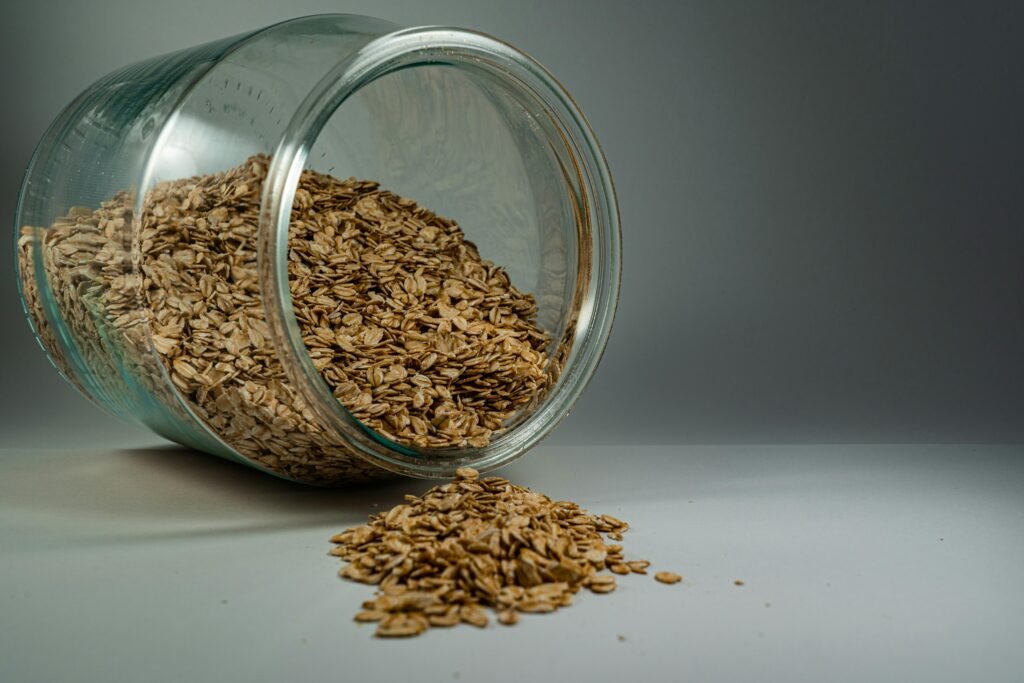
Buying in bulk is a great way to reduce packaging waste and save money. Many grocery stores offer bulk bins where you can buy grains, nuts, spices, and other staples without the packaging.
Tips for Bulk Shopping:
Bring Your Own Bags: Bring your own reusable bags or containers to the store for bulk items. Some stores even allow you to use glass jars—just weigh them beforehand so you’re not paying for the weight of the jar.
Plan Ahead: Make a list of the items you need before you go shopping. This will help you stay focused and avoid impulse purchases that come with excess packaging.
Support Local Bulk Stores: If possible, shop at local co-ops or zero-waste stores that specialize in bulk goods. They often have a wider selection of sustainable products.
5. Zero-Waste: Compost Your Food Waste
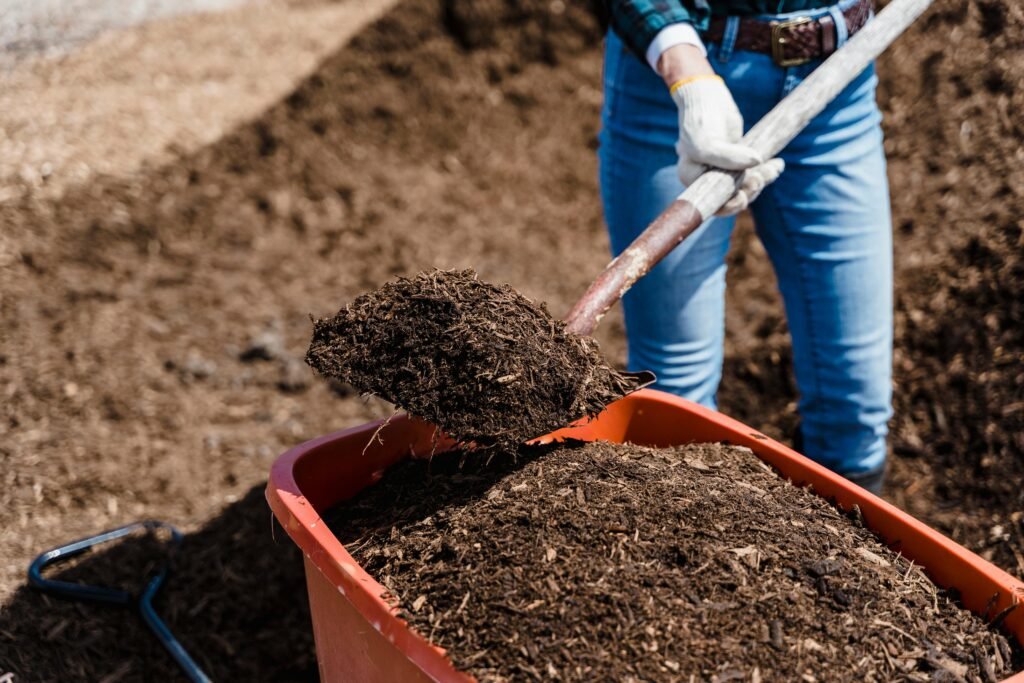
Food waste is a big contributor to landfills, but it doesn’t have to be. Composting recycles food scraps into nutrient-rich soil for your garden or feed the scrapes to your backyard chickens.
How to Start Composting:
Choose a Composting Method: Depending on your space, you can compost in a backyard bin, a worm bin, or a small kitchen compost bin. Choose the method that works best for you.
Know What to Compost: Compost fruit and vegetable scraps, coffee grounds, eggshells, and yard waste. Avoid composting meat, dairy, and oils, as these can attract pests.
Use the Finished Compost: After a few months, your compost will break down into rich, dark soil that you can use to nourish your garden, houseplants, or landscaping.
6. Make Your Own Cleaning Products
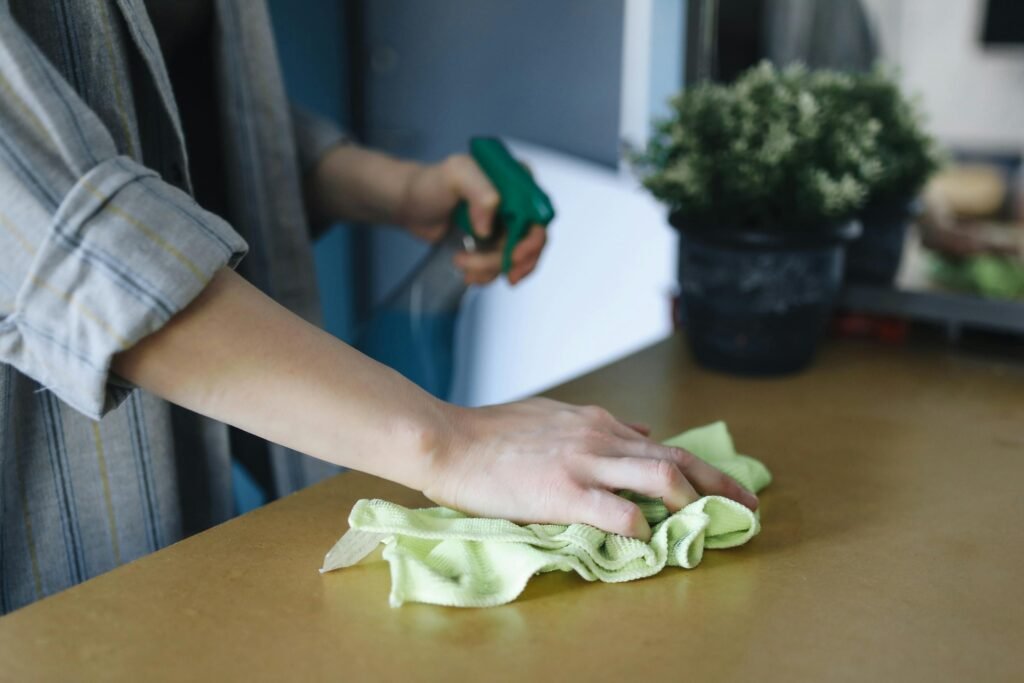
Commercial cleaning products often come in single-use plastic bottles and contain harsh chemicals that can harm the environment. Making your own cleaning products is an eco-friendly alternative.
DIY Cleaning Product Recipes:
All-Purpose Cleaner: Mix equal parts water and white vinegar in a spray bottle. Add a few drops of your favorite essential oil for a fresh scent. Use it to clean countertops, floors, and more.
Glass Cleaner: Mix 1 cup of water with 1 cup of white vinegar and 1 tablespoon of cornstarch in a spray bottle. Shake well before each use and spray on windows and mirrors.
Scrubbing Paste: Mix baking soda with a little water to create a paste. Use it to scrub sinks, tubs, and stovetops.
7. Zero-Waste: Reduce Paper Waste
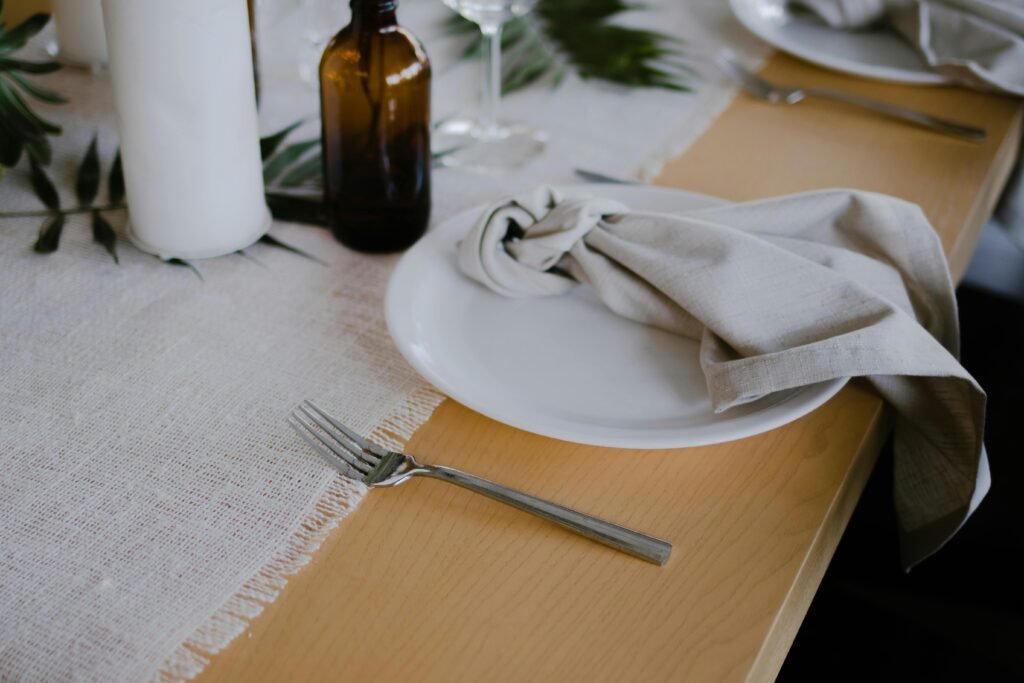
Paper waste is another area where you can make a big impact by going zero waste. From mail to paper towels, there are plenty of ways to cut down on paper use.
Tips for Reducing Paper Waste:
Go Paperless: Switch to paperless billing for your utilities, bank statements, and other bills. Opt for email receipts instead of printed ones when shopping.
Use Cloth Napkins: Replace paper napkins with homemade cloth ones that can be washed and reused. They’re more durable and add a touch of elegance to your meals.
DIY Reusable Paper Towels: Cut old towels or t-shirts into squares and use them in place of paper towels. Wash and reuse them as needed.
8. Buy Secondhand
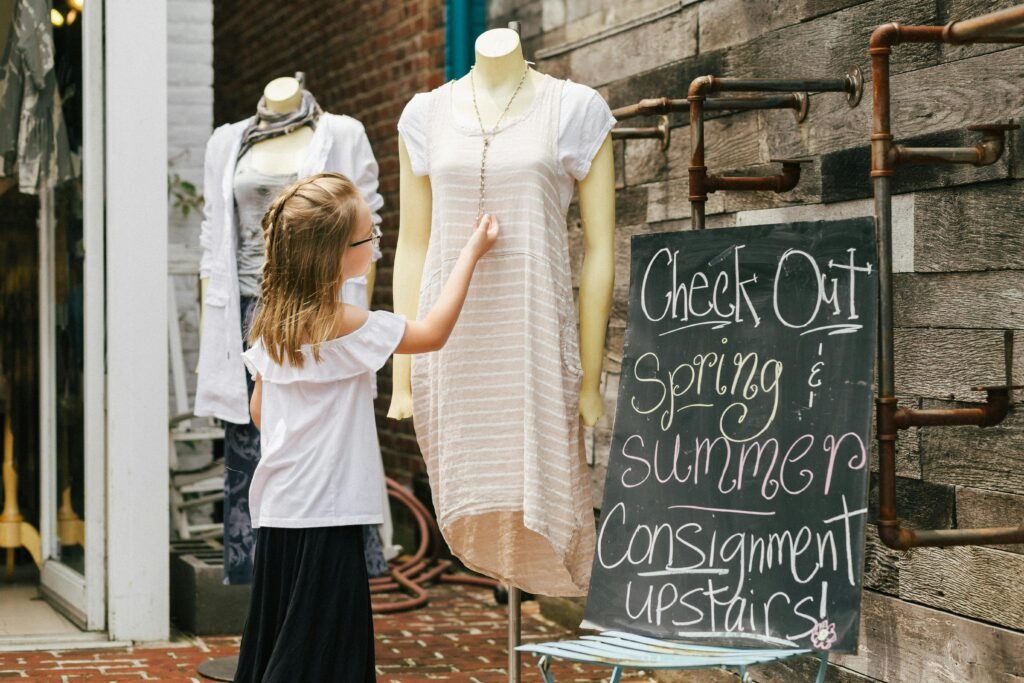
Buying secondhand is a great way to reduce waste, save money, and find unique items. Whether you’re shopping for clothes, furniture, or kitchenware, secondhand shops have a lot to offer.
Where to Shop Secondhand:
Thrift Stores: Local thrift stores are treasure troves for secondhand clothes, books, and home goods. Spend some time browsing, and you might find exactly what you need.
Online Marketplaces: Websites like Craigslist, Facebook Marketplace, and eBay are great for finding secondhand furniture, electronics, and more.
Clothing Swaps: Host a clothing swap with friends or join a community swap event. It’s a fun way to refresh your wardrobe without buying new.
9. DIY and Upcycle
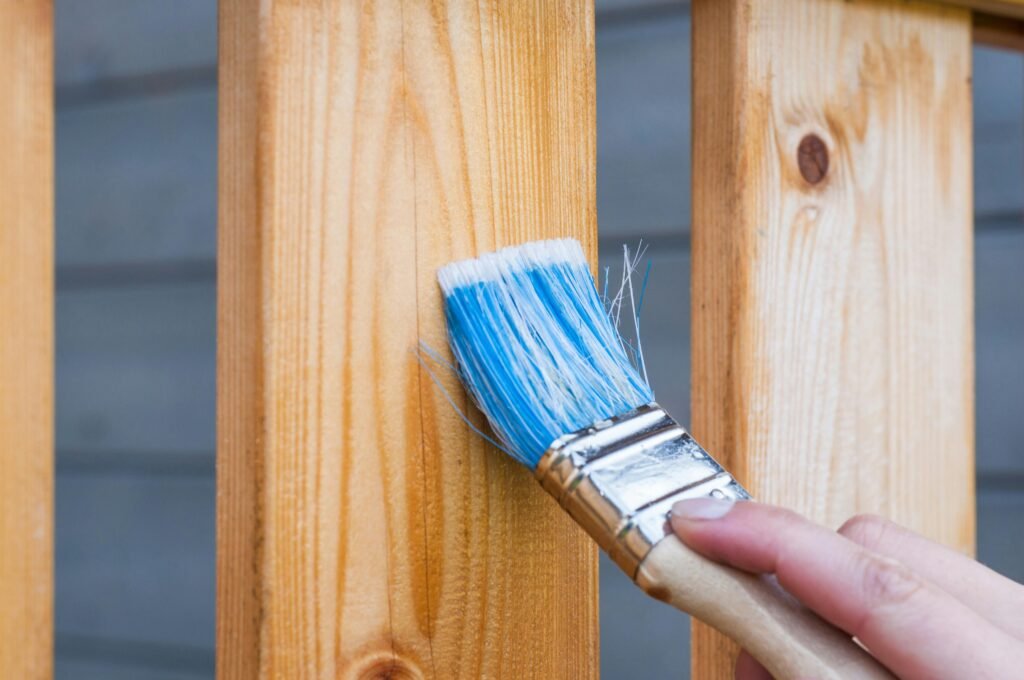
Upcycling and DIY projects are a fun way to give new life to old items and reduce waste. Instead of buying new, see what you can create with what you already have.
DIY and Upcycling Ideas:
Repurpose Furniture: Give old furniture a new look with a fresh coat of paint or new hardware. Turn an old dresser into a bathroom vanity or a bookshelf into a plant stand.
Craft with Recycled Materials: Use cardboard, fabric scraps, and other recycled materials to create art, decorations, or practical items like storage boxes.
Mend and Repair: Instead of throwing away clothes or household items that are damaged, learn to mend or repair them. Sewing on a button, patching a hole, or gluing a broken piece can extend the life of your belongings.
10. Spread the Word
The final step to living a zero-waste lifestyle is to share your journey with others. By spreading the word, you can inspire more people to make sustainable choices and help create a culture of zero waste.
How to Spread the Word:
Talk to Friends and Family: Share your zero-waste tips and experiences with those around you. Encourage them to make small changes and support them along the way.
Join a Community: Get involved with local or online zero-waste communities where you can share ideas, ask questions, and learn from others.
Lead by Example: The best way to inspire others is to lead by example. Show that living a zero-waste lifestyle is not only possible but also rewarding and fulfilling.
Starting a zero-waste lifestyle doesn’t have to be overwhelming. By taking small, manageable steps like ditching single-use plastics, composting your food waste, and buying secondhand, you can make a big difference for the environment. Remember, it’s not about being perfect—it’s about making progress and finding what works for you.



6 Responses